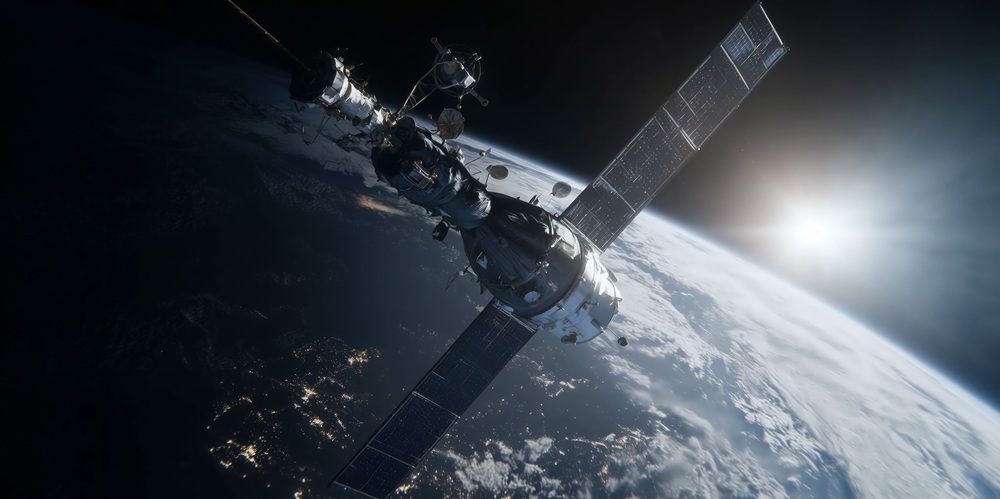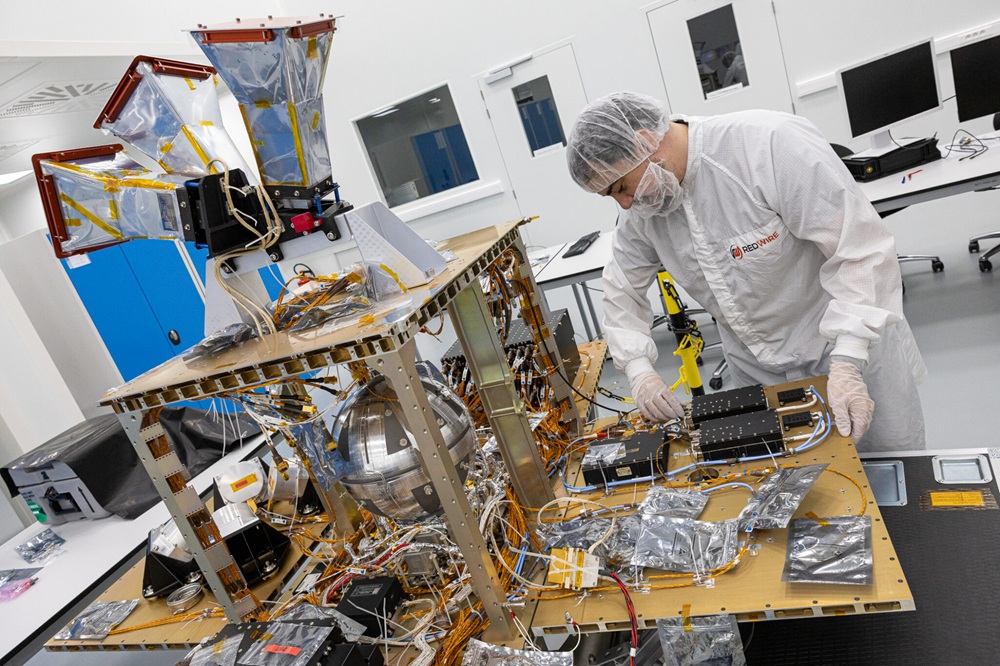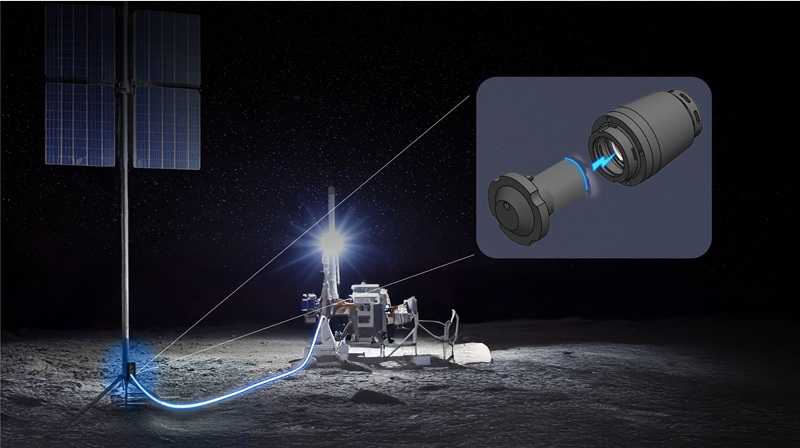Milan: In what could mark a revolutionary moment for space transportation, Italian deep-tech firm Genergo has announced the successful demonstration of a space propulsion system that generates thrust without using propellant. The Como-based company revealed its breakthrough after completing flight tests on three missions and securing a portfolio of international patents for the proprietary technology.

The system, developed entirely in Italy, harnesses electromagnetic forces to produce motion by directly converting electrical energy into thrust. Unlike conventional propulsion that depends on fuel and reaction mass, Genergo’s design operates with no propellant, creating what the company describes as “a discontinuity from current standards” and opening the door to unlimited orbital maneuvering without refueling.
Operational satellites typically carry propellant to adjust orbit, maintain position, or perform controlled re-entry. This reliance adds mass, takes up valuable volume, and introduces risks associated with pressurized tanks or leaks. Once the onboard fuel is depleted, the mission ends. Genergo’s engine eliminates those constraints, promising extended lifetimes and new mission architectures for commercial and governmental spacecraft alike.
According to company engineers, the technology’s scalability and modest power consumption make it viable for a wide range of satellite classes. Moreover, its sustainability advantages are notable: the system uses no hazardous materials, contains no pressurized components, and poses zero risk of contaminating the orbital or atmospheric environment.

Genergo’s propulsion units successfully completed launch qualification testing on their first attempt, meeting some of the industry’s strictest performance standards. Between 2022 and 2023, three flight units were deployed aboard D-Orbit’s ION Satellite Carrier platforms, launched via SpaceX’s Falcon 9 rockets on Transporter-5, -6, and -9 rideshare missions. Operating cumulatively for more than 700 hours in orbit, these prototypes demonstrated consistent functionality through multiple activation cycles.
Independent analyses have confirmed measurable changes in spacecraft velocity during motor operation, providing direct evidence of thrust generation. The system has now attained Technology Readiness Level 7–8, indicating maturity appropriate for near-term commercial deployment.
Genergo’s achievement represents the culmination of collaboration across Italy’s research and aerospace ecosystem. The Department of Electronics, Information and Bioengineering (DEIB) at Politecnico di Milano conducted ground-based measurements, while the university’s Department of Aerospace Science and Technology (DAER) developed dynamic models that supported the first mission’s on-orbit analysis and electromagnetic characterization. Additional validation was provided by an independent high-technology firm specializing in advanced measurement and performance verification.
The first commercial application of the technology will focus on controlled satellite deorbiting—helping spacecraft perform safe atmospheric re-entry and burn-up at mission end. Future campaigns aim to expand the technology’s performance envelope and explore applications in orbital station-keeping and deep-space missions.
“Zero propellant, infinite possibilities,” Genergo’s team proclaimed, signaling a new era for in-space mobility. The company will present its propulsion technology at Space Tech Expo Europe in Bremen from November 18 to 20, 2025, showcasing what could become one of the most disruptive developments in modern spaceflight.





